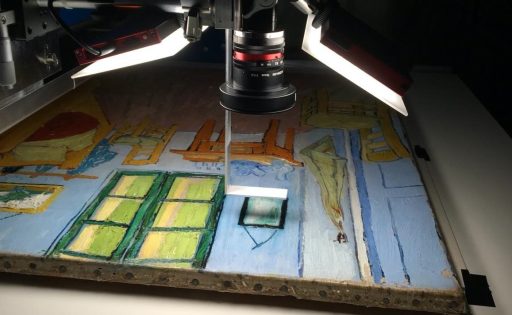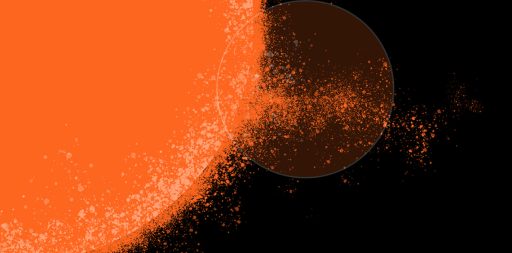In the last 20 years, libraries in Armenia have been prioritising the need to preserve the content in an organised manner, and subsequently, to present and display the digitised materials accordingly.
Fire simulations are highly complex. Using the supercomputer LUMI, operated by the Finnish research and education network CSC, Ramboll Finland managed to speed up the process significantly.
Arquivo.pt collected all the pages referenced in Portuguese Wikipedia articles, resulting in a new collection containing 12 million files with their links preserved.
Thousands of citizens in Finland have responded to a call to report their observations of migrating birds. So far, approximately 3.7 million recordings were submitted.
With the help of the supercomputing and the research network, researchers exploit the vast amounts of international sleep data.
In a joint project, University of Eastern Finland and Finland’s R&E network CSC have cut down a key procedure in drug discovery from four months to 10 days.
Why do some colours in Vincent van Gogh’s paintings gradually change, and what can be done about it? That is what the Van Gogh Museum is trying to find out together with ASML and various scientific institutions.
“Simple pen and paper are not enough; numerical modelling is needed. This kind of modelling is also challenging because of many different time and other scales, and it requires supercomputer resources,” says Professor Maarit Korpi-Lagg.
Jisc, the NREN of UK, is working with startup company TeacherMatic to bring relief to teachers across the country through artificial intelligence.










